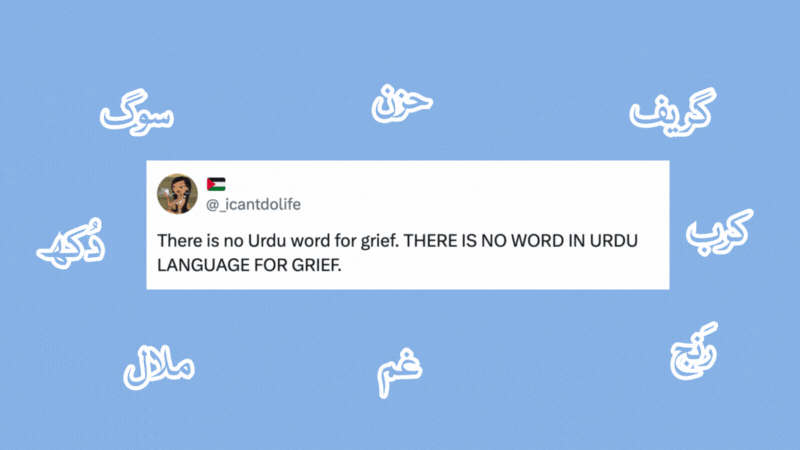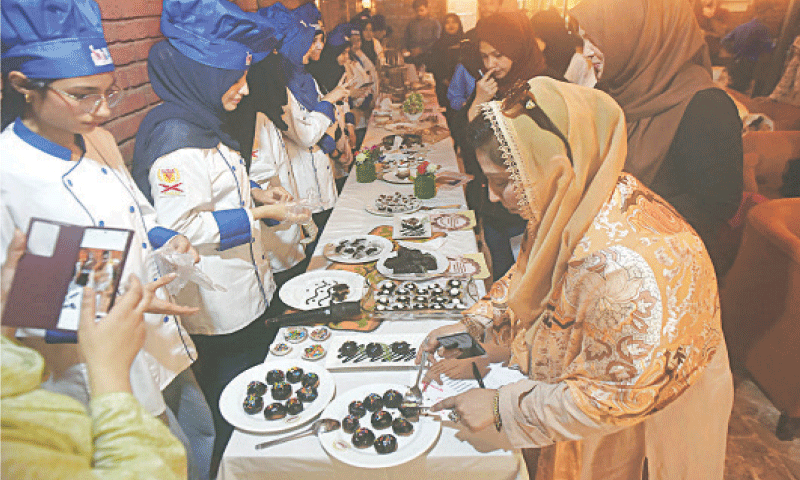Remembering Safia: The woman who stood by Manto in good times – and the many bad ones
So little is known and even less written about the women who have unflinchingly supported their celebrated men. It is true that Safia Deen would not have been known had she not married Saadat Hasan Manto and become Safia Manto.
But, let it be known that Manto may not have been a hero had it not been for Safia, who stood by him, through the best and worst of times — the best were few and the worst, many.
Also read: Decoding Mrs Manto - She understood him like no one else, says Sania Saeed
Both Manto and Safia were born on May 11 (the husband in 1912, the wife in 1916), wore black-rimmed glasses, had Kashmiri origins and had first names that started with an S. But the similarities probably ended there.
He was a man of fine taste – be it silver capped Sheaffer pens or gold embroidered juttis. He wanted nothing but the best, whereas Safia was simple to a fault, needing less and less through their hardships. He was a provocateur and left no opportunity to be noticed, while she was self-evasive and shy.
What began as an arranged marriage in 1936, about which Manto writes a whole essay, titled, Meri Shaadi (My Wedding), soon turned into great fondness and camaraderie.
Their best days were spent in Bombay, a city they returned to, after Manto worked in Delhi at the All India Radio. It is there that they lost their first child, Arif. It devastated them, but also brought them closer. They then went on to have three daughters.
Manto once wrote, “I may be a writer of obscene stories, a clown, but I am also a husband and a father.”

He often wrote in the middle of chaos — children playing all around him and taking part in conversations with friends and family.
Once, he told everyone in Bombay that the Lahore policemen were issued ice-packed uniforms to battle the summer heat. He spread a rumour in Amritsar that the Americans had bought the Taj Mahal and were planning to shift it brick by brick. While others easily bought into his stories, Safia knew her husband’s ability to spin them.
Unlike many writers and artists who have had muses galore and history has forgiven them for their transgressions, Manto was a family man. This was quite uncharacteristic for a writer who defied norms, challenged social morality and poked a finger in the eye of the establishment.
This contradiction was rather unique. He had deeply wished that Saadat Hasan would always be loved and Manto would be forgiven. But as his nephew Hamid Jalal said, “Manto usually led Sadat Hasan by the nose.”
Also read: Nandita Das on why Manto was the greatest flagbearer of freedom of expression

Manto was a modern man and it was clearly reflected in his relationship with Safia. He would iron her saris, cook at a time when men didn’t enter the kitchen, braid her hair when she was unwell and would feed their daughters.
He also read out all his stories to Safia and took her to all the mushairas and public readings. He insisted on being called by his first name, an absolute blasphemy at the time. His mother disapproved of this, so Safia decided to address him as Sa’saab (a short for Saadat Sahab).
Why Manto decided to move to Lahore after Partition is still a mystery and while many have made their conjectures, as have I in my film, there are no two ways about the fact that those were their hardest days.
Probably more so for Safia, who silently suffered, both her pain and his. Manto’s mind and body were ravaged by cheap alcohol, as the pain of Partition seeped into him and the loss of his beloved Bombay became a reality.
Repeated court cases relating to the alleged obscenity in his stories sent him spiralling downwards, leaving little hope for Safia. Manto would tell her, “I am writing enough so you will never starve." Little did they know that it was his writings that would make them starve.

Thankfully, towards the end, the silent sufferer began to defy him but it was all too late. Their daughters, who were 5, 7 and 9 when Manto died, have faint memories of their childhood. They strangely think of it as being a happy one, where their mother and other family members never let them feel the hardship.
They fondly remember their father as the one who recited nonsense verse, made little figurines out of cigarette packet foil, cut guavas and peeled pomegranates and put them on his stomach so they could ride their horse.
Safia was often his first reader and what she thought mattered to him. He once published a short story Hameed aur Hameeda in her name. He has always acknowledged her role in his life so one wonders why he wrote so little about her.
I am fortunate to have gotten many precious nuggets from his family that I could never find in any book. One that stood out to me was that this explosive, outspoken man never raised his voice at Safia and was quick to say sorry as many times as needed.
There will always be many mysteries about the man. But the more I research, the more I discover, I feel, slowly, some of them are beginning to unravel. The film I am working on intends to give you a glimpse into that – Manto and his world.

This article was originally published on Scroll.in, and has been reproduced with permission.











Comments